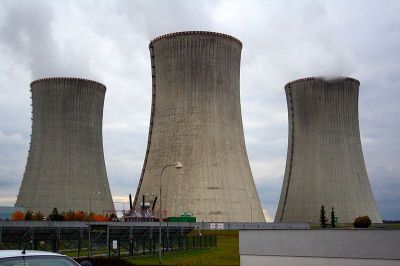For radionuclides at trace concentrations, there can be a very gradual and slow transition from reversible surface sorption to irreversible incorporation into solids. A new EU-funded study has shed important light on such mechanisms.
Solid/liquid equilibrium concepts (for example, the same amount of a
substance dissolving as becoming incorporated into the solid phase) are
key to assessment of nuclear safety. Standard concepts do not account
for slow equilibrium processes and this can lead to overly conservative
or, in some cases, overly optimistic evaluations of risk.
The EU-funded project
SKIN
set out to clarify the issue for more effective use of solubility data
in the context of nuclear waste management. The focus was on the
tetravalent actinides (An(IV)) often considered environmentally immobile
due to their low solubilities. Detailed data describing the slow
thermodynamic processes close to equilibrium are lacking.
SKIN carried out a large number of experiments on these systems.
Results are directly relevant to characterising solubility controls that
influence maximum groundwater concentration and associated calculated
doses. Investigations included the study of dynamic isotope exchanges
and spectroscopic studies on radionuclide incorporation. The latter
evaluated aspects of reversibility or irreversibility that relate to the
amounts of free radioisotopes able to diffuse into groundwater or soil.
Sorption/desorption to and from the surface of materials is
typically reversible, whereas incorporation into the solid phase is
considered irreversible. There are some exceptions and one important one
has been the irreversibility of sorption/desorption of caesium into
pure illite. In contrast, SKIN showed that, in the case of
interstratified illite, the process is reversible.
This could be because the interstratification blocks diffusion into
the bulk or that the experimental conditions do not approximate the very
slow, long-term diffusion processes. Current geochemical
sorption/desorption models are not yet able to describe such long-term
evolutions.
A very important contribution of the project is thus the comparison
of three existing models and the development of a new model of
irreversible trace mineral uptake. Understanding the temporal evolution
of solubility and sorption is critical to safety assessments.
SKIN has developed a scientific methodology to quantify the degree
of irreversible incorporation of radionuclides in mineral phases
following initial surface adsorption. This will help qualify the degree
of conservatism in safety assessments, and support the safe and
widespread uptake of clean and cost-effective nuclear power.

